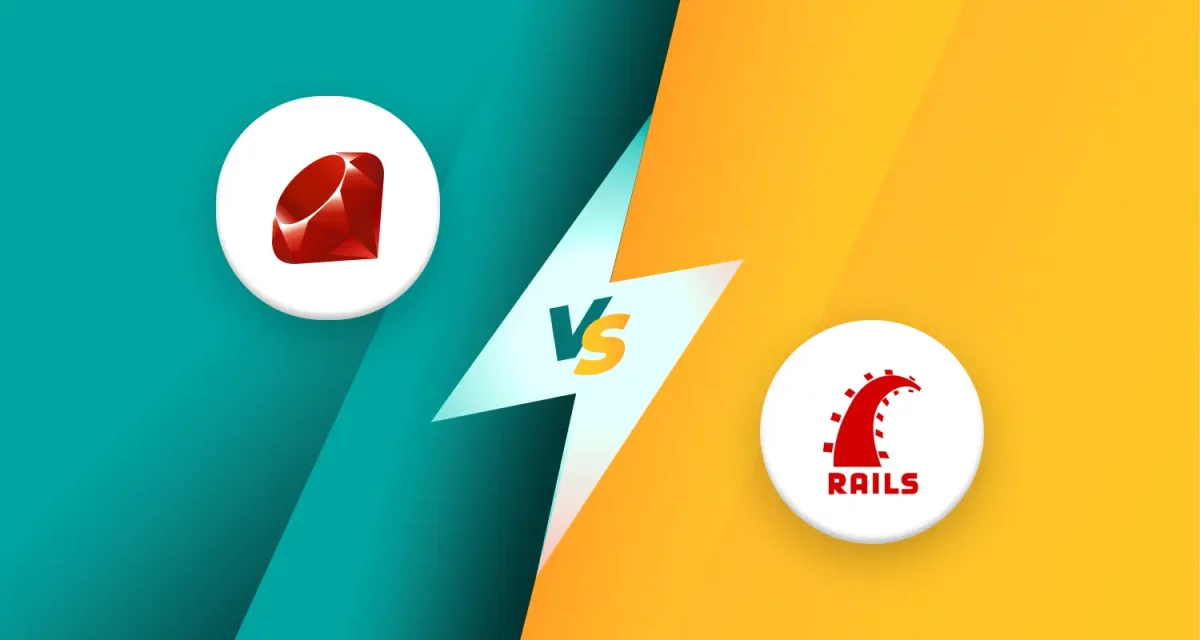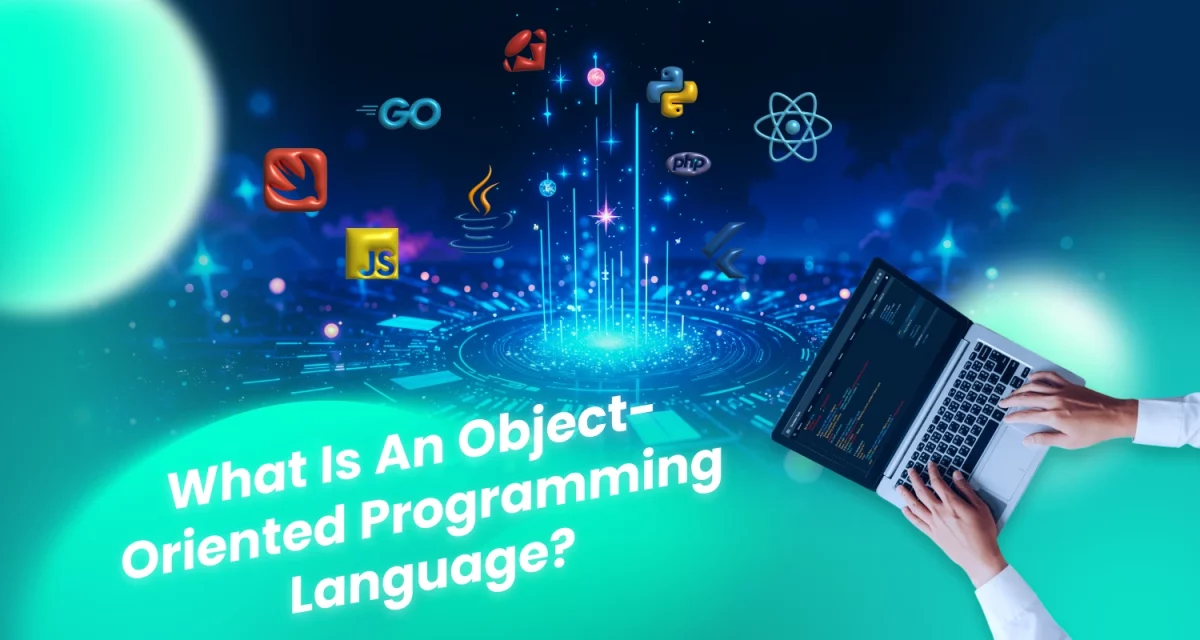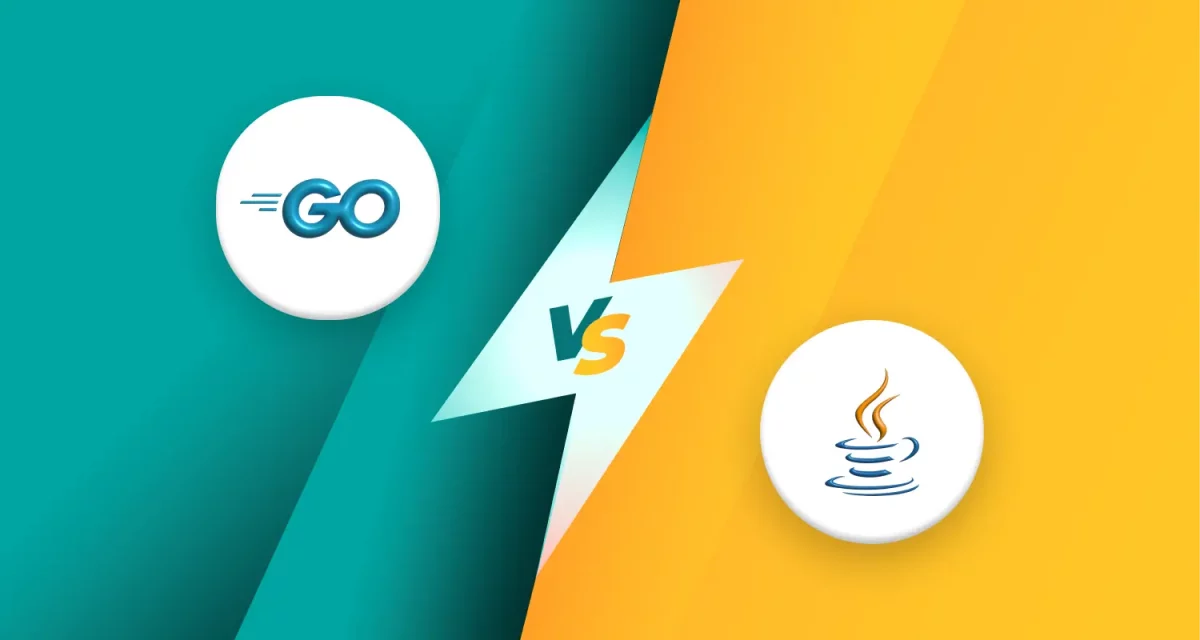
Python and Java dominate the programming world, powering everything from web applications to complex systems. But what is the difference between Python and Java? This article aims to provide a clear comparison, highlighting their key distinctions. Whether you’re a budding developer or a seasoned pro, understanding the differences between Python and Java will help you choose the right language for your needs.
1. What is Python?
Python is a widely popular, high-level programming language known for its clear syntax and strong emphasis on readability. It’s a versatile language used across various domains, including web development, data analysis, machine learning, and scripting. Its design philosophy prioritizes developer productivity and code clarity, making it accessible to both beginners and experienced programmers.
Created by Guido van Rossum, Python was first released in 1991. Its name comes from the comedy group Monty Python, and its design prioritizes code readability.
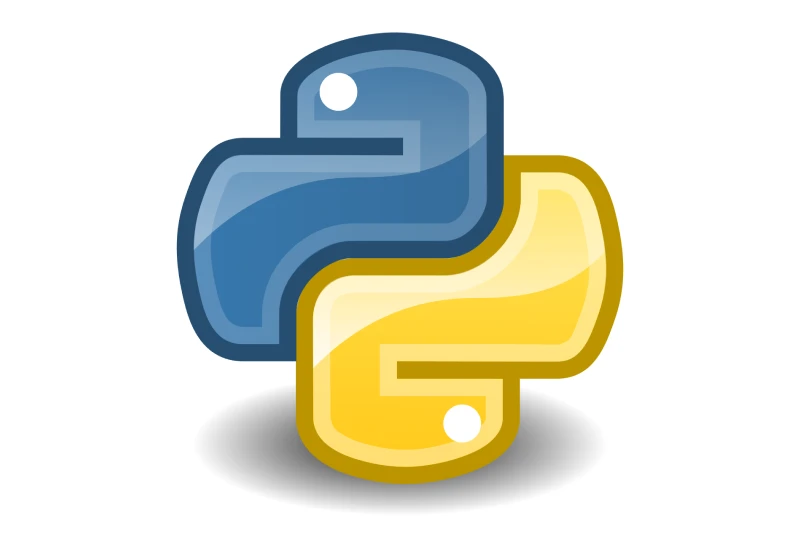
Key features of Python
- Readable syntax: Python’s syntax is designed to be intuitive and easy to understand, using indentation to define code blocks, which enhances code clarity.
- Dynamic typing: Python’s dynamic typing allows for flexibility, as variable types are checked during runtime, but this also requires careful testing.
- Extensive libraries: Python has a rich standard library and a vast ecosystem of third-party libraries (like NumPy, Pandas, Django), which greatly extends its capabilities.
- Community and cross-platform: It boasts a large, active community and is highly portable across different operating systems.
Read more >>> Why Python Is the Best Programming Language?
Drawbacks of Python
- Performance: Python’s interpreted nature can result in slower execution speeds compared to compiled languages.
- GIL: The Global Interpreter Lock (GIL) can limit the performance of multi-threaded applications.
- Runtime issues: Dynamic typing can lead to runtime errors if not properly tested.
- Memory use: Python can use more memory than some lower level languages.
Read more >>> TOP 10 Best GUI Library for Python in 2025 – Developer Should Know
2. What is Java?
Java is a robust, object-oriented, and platform-independent programming language. Designed to “write once, run anywhere” (WORA), Java is widely used for developing enterprise applications, Android applications, and large-scale systems. It emphasizes strong typing and a structured approach to programming, making it suitable for complex projects that require stability and scalability.
Java was developed by James Gosling at Sun Microsystems (now Oracle Corporation) and released in 1996. It was initially designed for interactive television but quickly gained popularity for its platform independence and versatility.
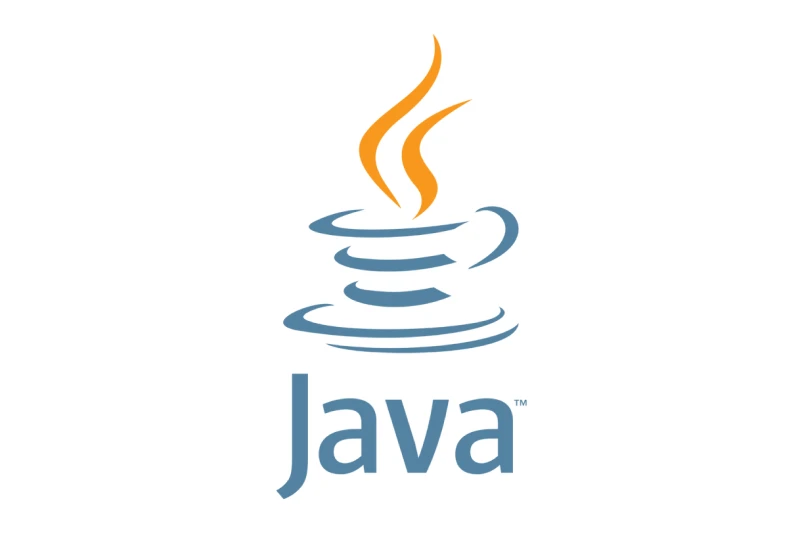
Key features of Java
- Object-oriented: Java is inherently object-oriented, organizing code into classes and objects, which promotes code reusability and maintainability.
- Platform independence: Java’s bytecode runs on the Java Virtual Machine (JVM), enabling applications to run on any device with a compatible JVM, regardless of the underlying operating system.
- Static typing: Java uses static typing, which catches type-related errors during compilation, enhancing code reliability and reducing runtime issues.
- Robust memory management: Java’s automatic garbage collection manages memory allocation and deallocation, reducing the risk of memory leaks and improving application stability.
- Extensive standard library: Java provides a rich set of libraries and APIs for various tasks, including networking, database connectivity, and graphical user interfaces.
- Strong community and ecosystem: Java has a large, active community and a mature ecosystem of frameworks (like Spring and Hibernate) and tools.
Drawbacks of Java
- Verbosity: Java’s syntax can be verbose, requiring more code to perform tasks compared to languages like Python.
- Steeper learning curve: Java’s object-oriented nature and strict syntax can present a steeper learning curve for beginners.
- Performance overhead: While the JVM provides performance optimizations, it can introduce some overhead compared to native
- Memory consumption: Java applications can sometimes consume more memory than applications written in lower-level languages.
Read more >>> 10 Difference Between Kotlin and Java – Which is better?
3. Core differences: Python vs Java
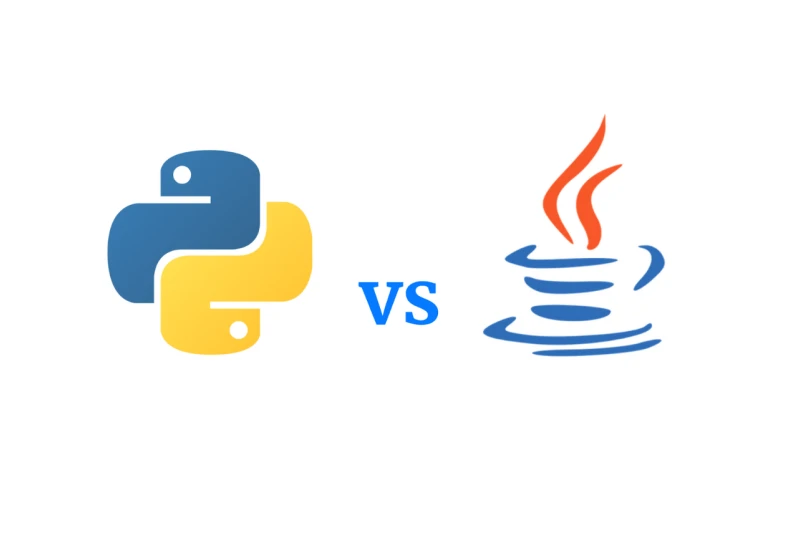
3.1. Syntax and readability
One of the most immediate differences between Python and Java lies in their syntax. Python prioritizes readability and simplicity. Its syntax is often described as ‘clean’ and ‘elegant,’ relying on indentation to define code blocks, eliminating the need for excessive curly braces and semicolons. This results in code that is often shorter and easier to understand.
Java, on the other hand, is known for its more verbose and strict syntax. It utilizes curly braces to define code blocks and requires semicolons at the end of each statement. While this can make Java code appear more complex, it also enforces a consistent structure.
Here’s a quick example:
Python:
- for i in range(5):
- print(i)
Java:
- for (int i = 0; i < 5; i++) {
- System.out.println(i);
- }
As you can see, Python’s syntax is more concise and easier to read at a glance.
Read more >>> C# vs Java: Similarities, Differences, and Practical Insights
3.2. Typing system: Dynamic vs. static
Python employs dynamic typing, meaning the type of a variable is checked during runtime. This offers flexibility, allowing you to change variable types as needed. However, it can also lead to runtime errors if type mismatches occur.
Java uses static typing, where variable types are declared explicitly and checked during compilation. This catches type-related errors early, improving code reliability, particularly in large projects. While static typing can be less flexible than dynamic typing, it contributes to Java’s robustness.
3.3. Python vs Java performance comparison
Java generally outperforms Python in terms of raw speed. This is largely due to the Java Virtual Machine (JVM), which optimizes Java bytecode for efficient execution. The JVM’s just-in-time (JIT) compilation allows Java to achieve near-native performance.
Python, particularly the CPython implementation, can be slower due to its interpreted nature and Global Interpreter Lock (GIL), which limits parallelism. However, Python’s performance is often sufficient for many applications, and optimizations exist for specific use cases.
Essentially, Java shines in performance-critical applications, while Python excels in rapid development and scenarios where speed is not the primary concern.
3.4. Object-oriented programming (OOP)
Both Python and Java are object-oriented programming languages, but they approach OOP with different philosophies. Java is inherently OOP, requiring everything to be within a class. It emphasizes encapsulation, inheritance, and polymorphism, providing a structured approach to building complex systems.
Python also supports OOP but offers more flexibility. You can use procedural or functional programming paradigms alongside OOP. Python’s dynamic nature allows for more dynamic object creation and manipulation, which can be advantageous in certain situations.
3.5. Cross-platform development
Both languages are designed for cross-platform development. Java’s ‘write once, run anywhere’ principle is achieved through the JVM, which allows Java code to run on any platform with a compatible JVM.
Python is also highly portable, with interpreters available for various operating systems. Python libraries like Tkinter and PyQt facilitate the creation of cross-platform graphical user interfaces. Both languages provide substantial tools for building applications that can run in multiple operating systems.
4. Python and Java use cases
4.1. Python use cases
Python’s versatility makes it a popular choice across various domains. It’s particularly strong in:
- Web development: Frameworks like Django and Flask enable rapid web development, offering powerful tools for building dynamic websites and applications. Django, supported by the Python Software Foundation, is known for its ‘batteries-included’ approach, simplifying complex web development tasks.
- Data science and machine learning with Python: Python’s rich ecosystem of libraries like NumPy, Pandas, and Scikit-learn makes it the go-to language for data analysis, machine learning, and artificial intelligence.
- Scripting and automation: Python’s simple syntax and extensive standard library make it ideal for automating repetitive tasks, system administration, and creating utility scripts.
- Education and tutorials: Due to its simple syntax, there are many Python tutorials available online, and it’s heavily used in educational settings.
4.2. Java use cases
Java excels in building robust and scalable applications, particularly in:
- Enterprise applications with Java: Java’s stability, security, and performance make it a preferred choice for large-scale enterprise systems, including banking, finance, and e-commerce.
- Android development: Java was the primary language for Android app development for many years, although Kotlin has now become the preferred language.
- Large-scale systems: Java’s ability to handle high volumes of traffic and data makes it suitable for building complex systems, such as those used in cloud computing and distributed systems.
- Spring framework: The Spring Framework provides a comprehensive infrastructure for developing enterprise Java applications, simplifying tasks like dependency injection and transaction management. The Java Virtual Machine (JVM) plays a huge role in the ability of Java to run consistently on many different operating systems.
- Java tutorials: There are many resources and tutorials available for learning Java, because of its long standing position in the industry.
Java’s reliability and performance make it a cornerstone of enterprise software development.
4.3. Which is better for web development: Python or Java?
When it comes to web development, both Python and Java offer powerful frameworks and capabilities, but they cater to different needs.
- Python (Django, Flask): Python’s frameworks emphasize rapid development and simplicity. Django’s ‘batteries-included’ approach provides a comprehensive set of tools, while Flask offers a more minimalist approach, allowing developers to choose their components. Python’s ease of use and extensive libraries make it ideal for quickly building prototypes and dynamic web applications.
- Java (Spring): Java’s Spring Framework is designed for building robust and scalable enterprise-level web applications. It provides a comprehensive set of features, including dependency injection, aspect-oriented programming, and transaction management. Spring is well-suited for large, complex projects that require high performance and reliability.
Choosing between Python and Java for web development depends on the project’s specific requirements. If rapid development and simplicity are priorities, Python is a strong choice. If scalability, performance, and enterprise-level features are crucial, Java and the Spring Framework may be more suitable.
5. Learning curve and community
When exploring the difference between Python and Java, a crucial aspect to consider is the learning curve and the support available through their respective communities.
5.1. Ease of learning
For those just starting their programming journey, Python often stands out as the more accessible language. Its syntax is designed to be intuitive and readable, resembling plain English in many cases. This simplicity makes Python a popular choice for beginners, allowing them to grasp fundamental programming concepts quickly. If you want to learn Python, you’ll find a wealth of resources tailored to newcomers, making the initial learning curve relatively gentle.
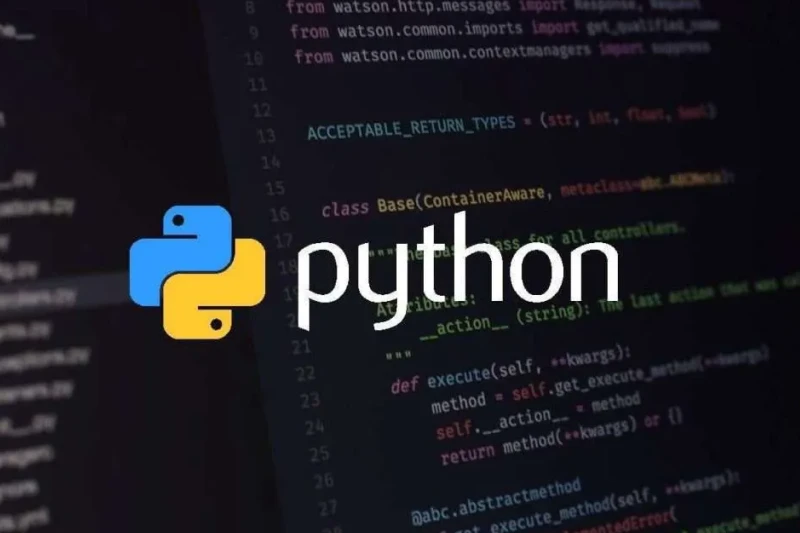
Java, on the other hand, presents a steeper learning curve. Its more verbose syntax, strict typing system, and object-oriented nature can be challenging for beginners. Concepts like classes, objects, and interfaces require a deeper understanding of programming principles. However, the structured approach of Java can also lead to a more thorough understanding of software development in the long term. If you choose to learn Java, be prepared for a more rigorous learning process.

When considering the best programming languages to begin with, Python is often recommended for its ease of entry, while Java is better suited for those who desire a strong foundation in core programming concepts and enterprise-level development.
5.2. Community and resources
Both Python and Java benefit from vibrant and active communities, providing a wealth of resources for developers of all levels.
Python boasts a massive community, with countless online forums, tutorials, and libraries. The Python Package Index (PyPI) offers a vast collection of third-party libraries, covering virtually every programming need. The Python Software Foundation actively supports the development and promotion of the language, ensuring its continued growth and accessibility.
Java also has a long-standing and robust community. The Java Community Process (JCP) oversees the development of the Java platform, ensuring its stability and compatibility. Oracle, the current steward of Java, provides extensive documentation and support. Additionally, the Java ecosystem is rich with frameworks and tools, such as Spring and Hibernate, which are widely used in enterprise development.
Whether you’re looking for help with a specific problem, seeking tutorials, or exploring advanced topics, you’ll find a wealth of resources and support within both the Python and Java communities.
6. When to choose Python and Java?
Choose Python for:
- Rapid development and prototyping.
- Data science, machine learning, and artificial intelligence.
- Scripting and automation tasks.
- Web development with frameworks like Django and Flask, where speed of development is important.
Choose Java for:
- Large-scale enterprise applications that require high performance and stability.
- Building robust and scalable systems.
- Android app development (although Kotlin is now preferred).
- Where long term maintainability, and very strong typing is needed.
7. Conclusion
Understanding what is the difference between Python and Java is crucial for making informed decisions in your programming endeavors. Both languages are powerful and versatile, but they cater to distinct needs and preferences. Python’s simplicity and flexibility make it an excellent choice for rapid development, data science, and scripting, while Java’s robustness and performance make it ideal for large-scale enterprise applications and complex systems.


